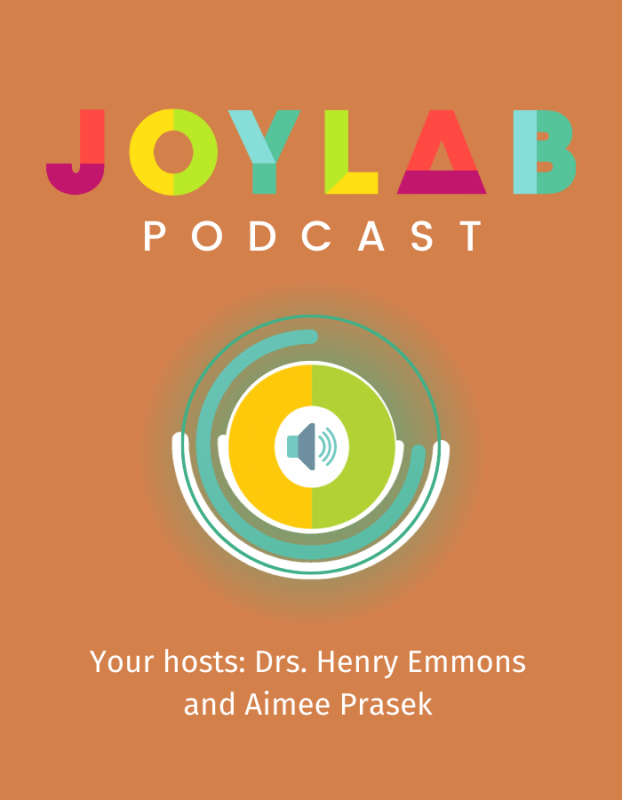Is it safe to eat? What do the 'use by", sell by", or "freeze by" dates mean?
The expiration dates that are printed on our food items, in most cases, are not actually expiration dates at all. And the dates most often do not indicate the health and safety of the product. In fact, they really have nothing to do with our health at all.
The manufacturers establish and print the dates on the packages to indicate when the item is at the peak of its freshness and optimal taste. Most stamped dates are not federally regulated but done at the state level. And they are done rather inconsistently and intermittently. Baby formula is the only federally regulated exception, and the date only indicates when the nutrients start to decline.
- Best if used by: date of optimal flavor and quality for consumer
- Sell by: date store needs to pull product from the shelf
- Use by: date that indicates last day of peak quality
The USDA estimates that 30 percent of the food supply is lost or wasted at the retail and consumer levels. One source of food waste arises from consumers or retailers throwing away wholesome food because of confusion about the meaning of dates displayed on the label. To reduce consumer confusion and wasted food, the Food Safety and Inspection Service (FSIS) recommends that food manufacturers and retailers that apply product dating use a “Best if Used By” date. Research shows that this phrase conveys to consumers that the product will be of best quality if used by the calendar date shown. Foods not exhibiting signs of spoilage should be wholesome and may be sold, purchased, donated and consumed beyond the labeled “Best if Used By” date.
Many foods will stay good for days, or even weeks after the date on the package. So don’t be so quick to toss just because a stamp shows it’s expired. It might very well be just fine. Of course, all foods last for a shorter period of time if they are not stored properly. Most proteins, usually have a “sell by” date and not a “use by” date or expiration date. Because of this distinction, you may safely use it for a short period after the “sell by” date has lapsed.
What is the best way to decipher if it’s safe to eat? Use your eyeballs and your nose. If it smells fine, it’s probably fine to eat. Is there visible slime or discoloration? Pitch it. There are several exceptions to this due to a pathogen called listeria, so pay close attention. Listeria can actually survive—and multiply—under refrigerated conditions, where others can’t.
FOLLOW THE STAMPED "USE-BY" DATE ON THE FOLLOWING TO PREVENT LISTERIA.
- Deli meats
- Unpasteurized dairy products
- Hot dogs
- Soft cheese
- Refrigerated smoked seafood
- Raw sprouts
Of course, all foods last for a shorter period of time if they are not stored properly. Most proteins, usually have a “sell by” date and not a “use by” date or expiration date. Because of this distinction, you may safely use it for a short period after the sell by date has lapsed.
ACCORDING TO THE FDA:
Does Federal Law Require Food Product Dating?
Except for infant formula, product dating is not required by Federal regulations. For meat, poultry, and egg products under the jurisdiction of FSIS, dates may be voluntarily applied provided they are labeled in a manner that is truthful and not misleading and in compliance with FSIS regulations. To comply, a calendar date must express both the month and day of the month. In the case of shelf-stable and frozen products, the year must also be displayed. Additionally, immediately adjacent to the date must be a phrase explaining the meaning of that date such as “Best if Used By.”
Are Dates for Food Safety or Food Quality?
Manufacturers provide dating to help consumers and retailers decide when food is of best quality. Except for infant formula, dates are not an indicator of the product’s safety and are not required by Federal law.
How do Manufacturers Determine Quality Dates?
Factors including the length of time and the temperature at which a food is held during distribution and offered for sale, the characteristics of the food, and the type of packaging will affect how long a product will be of optimum quality. Manufacturers and retailers will consider these factors when determining the date for which the product will be of best quality.
For example, sausage formulated with certain ingredients used to preserve the quality of the product or fresh beef packaged in a modified atmosphere packaging system that helps ensure that the product will stay fresh for as long as possible. These products will typically maintain product quality for a longer period of time because of how the products are formulated or packaged.
The quality of perishable products may deteriorate after the date passes; however, such products should still be safe if handled properly. Consumers must evaluate the quality of the product prior to its consumption to determine if the product shows signs of spoilage.
What Types of Food are Dated?
Open dating is found on most foods including meat, poultry, egg and dairy products. “Closed or coded dates” are a series of letters and/or numbers and typically appear on shelf-stable products such as cans and boxes of food.
What Date-Labeling Phrases are Used?
There are no uniform or universally accepted descriptions used on food labels for open dating in the United States. As a result, there are a wide variety of phrases used on labels to describe quality dates.
Examples of commonly used phrases:
- A “Best if Used By/Before” date indicates when a product will be of best flavor or quality. It is not a purchase or safety date.
- A “Sell By” date tells the store how long to display the product for sale for inventory management. It is not a safety date.
- A “Use By” date is the last date recommended for the use of the product while at peak quality. It is not a safety date except for when used on infant formula as described below.
A “Freeze-By” date indicates when a product should be frozen to maintain peak quality. It is not a purchase or safety date.
- A “Use By” date is the last date recommended for the use of the product while at peak quality. It is not a safety date except for when used on infant formula as described below.
Are Foods Safe to Eat After the Date Passes?
With an exception of infant formula (described below), if the date passes during home storage, a product should still be safe and wholesome if handled properly until the time spoilage is evident (Chill Refrigerate Promptly).
Spoiled foods will develop an off odor, flavor or texture due to naturally occurring spoilage bacteria. If a food has developed such spoilage characteristics, it should not be eaten.
Microorganisms such as molds, yeasts, and bacteria can multiply and cause food to spoil. Viruses are not capable of growing in food and do not cause spoilage. There are two types of bacteria that can be found on food: pathogenic bacteria, which cause foodborne illness, and spoilage bacteria, which do not cause illness but do cause foods to deteriorate and develop unpleasant characteristics such as an undesirable taste or odor making the food not wholesome. When spoilage bacteria have nutrients (food), moisture, time, and favorable temperatures, these conditions will allow the bacteria to grow rapidly and affect the quality of the food. Food spoilage can occur much faster if food is not stored or handled properly. A change in the color of meat or poultry is not an indicator of spoilage.
What are the Requirements for Dating Infant Formula?
Federal regulations require a “Use-By” date on the product label of infant formula under inspection of the U.S. Food and Drug Administration (FDA). Consumption by this date ensures the formula contains not less than the quantity of each nutrient as described on the label. Formula must maintain an acceptable quality to pass through an ordinary bottle nipple.
The “Use By” date is selected by the manufacturer, packer or distributor of the product on the basis of product analysis throughout its shelf life, tests, or other information. It is also based on the conditions of handling, storage, preparation, and use printed on the label. Do not buy or use baby formula after its “Use-By” date.
What Do Can Codes Mean?
- Can codes are a type of closed dating which enable the tracking of product in interstate commerce. These codes also enable manufacturers to rotate their stock and locate their products in the event of a recall.
- Can codes appear as a series of letters and/or numbers and refer to the date the product was canned. The codes are not meant for the consumer to interpret as a “Best if Used By” date.
- Cans must exhibit a code or the date of canning. Cans may also display “open” or calendar dates. Usually these are “Best if Used By” dates for peak quality.
Discard cans that are dented, rusted, or swollen, which may be signs of yeast or bacterial growth. High-acid canned foods (e.g. tomatoes and fruits) will keep their best quality for 12 to 18 months. Whereas, low-acid canned foods (e.g. meats and vegetables) will keep for two to five years.
Can Food be Donated After the Date Passes?
Yes. The quality of perishable products may deteriorate after the date passes but the products should still be wholesome if not exhibiting signs of spoilage. Food banks, other charitable organizations, and consumers should evaluate the quality of the product prior to its distribution and consumption to determine whether there are noticeable changes in wholesomeness.
What do the Dates on Egg Cartons Mean?
- Use of either a “Sell By” or “Expiration” (EXP) date is not a Federal regulation, but may be required, as defined by the egg laws in the state where the eggs are marketed. Some state egg laws do not allow the use of a “sell by” date.
- Many eggs reach stores only a few days after the hen lays them.
- Egg cartons with the USDA grade shield on them must display the “pack date” (the day that the eggs were washed, graded, and placed in the carton). This number is a three-digit code that represents the consecutive day of the year starting with January 1 as 001 and ending with December 31 as 365.
- When a “sell-by” date appears on a carton bearing the USDA grade shield, the code date may not exceed 30 days from the date of pack.
- After purchasing eggs, it is recommended to refrigerate them in their original carton and place them in the coldest part of the refrigerator, not in the door due to loss of coolness from repeated opening of the door.





